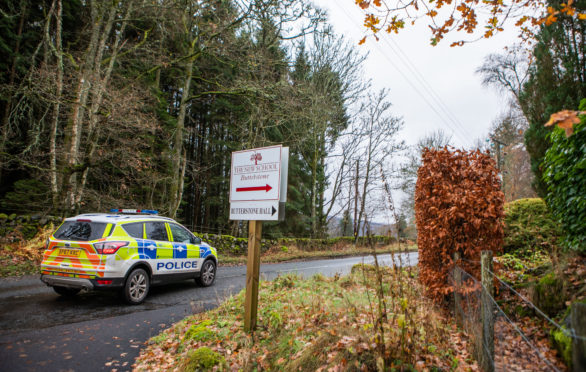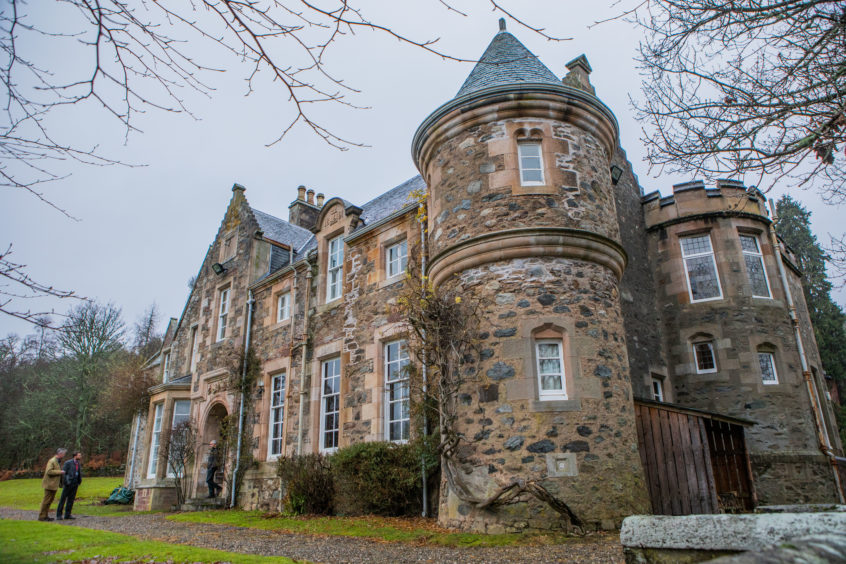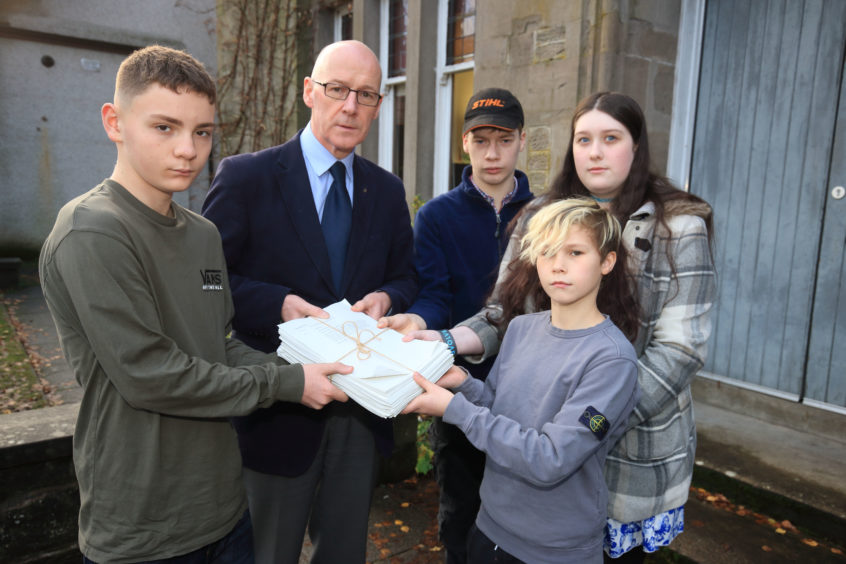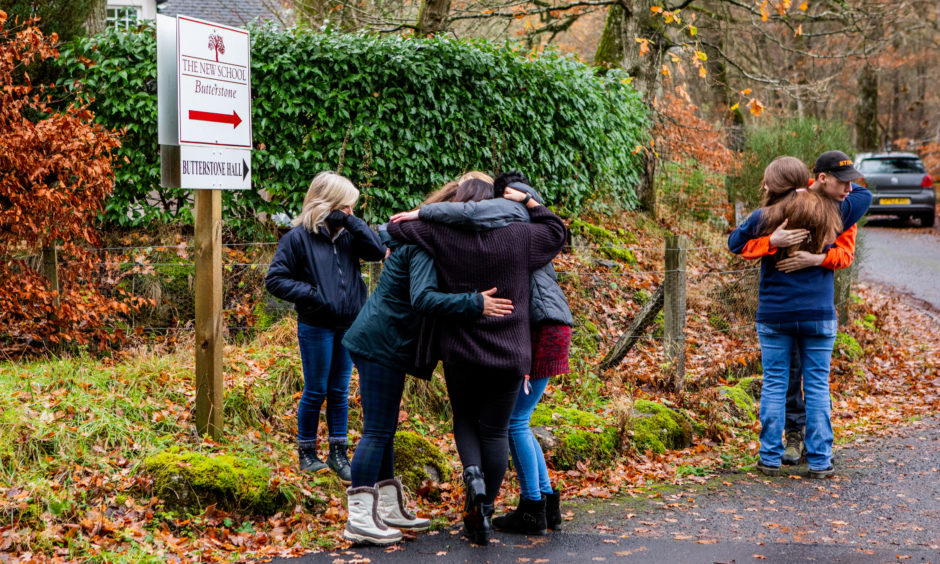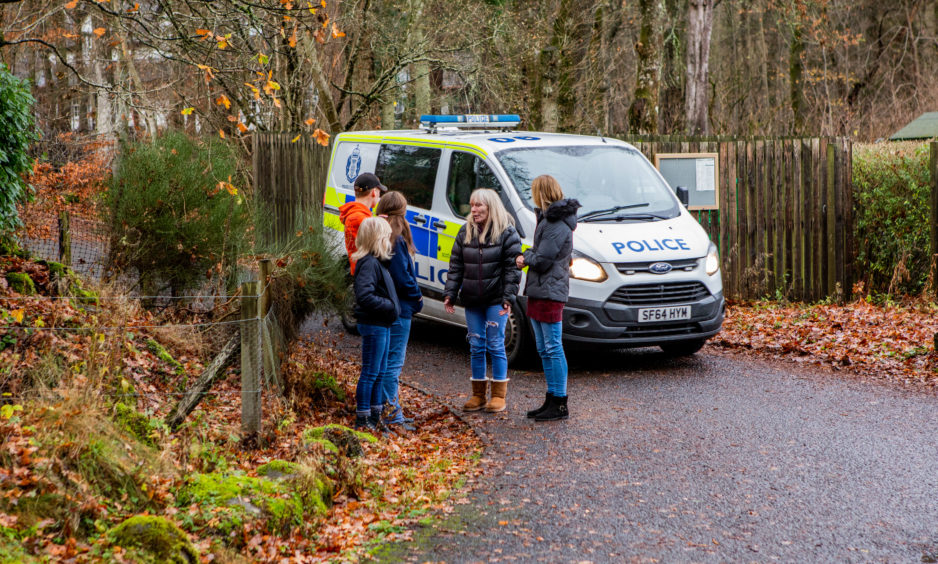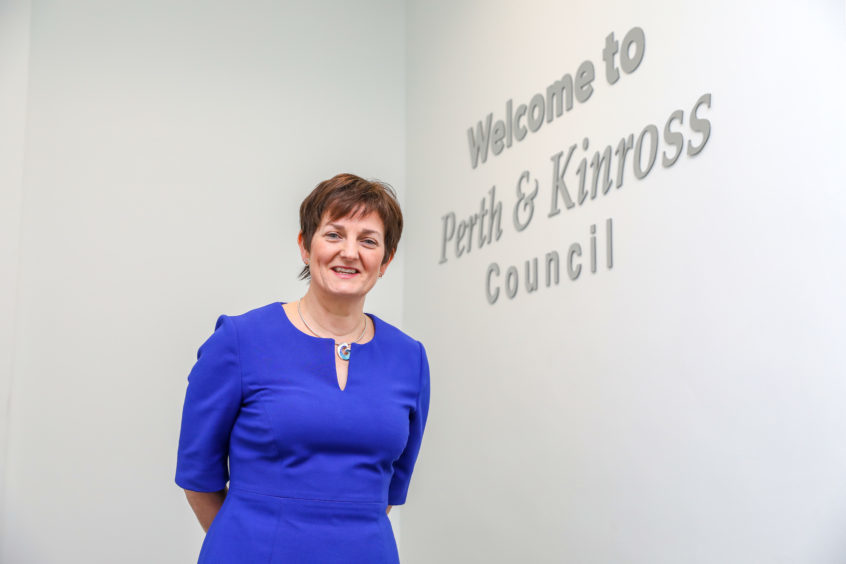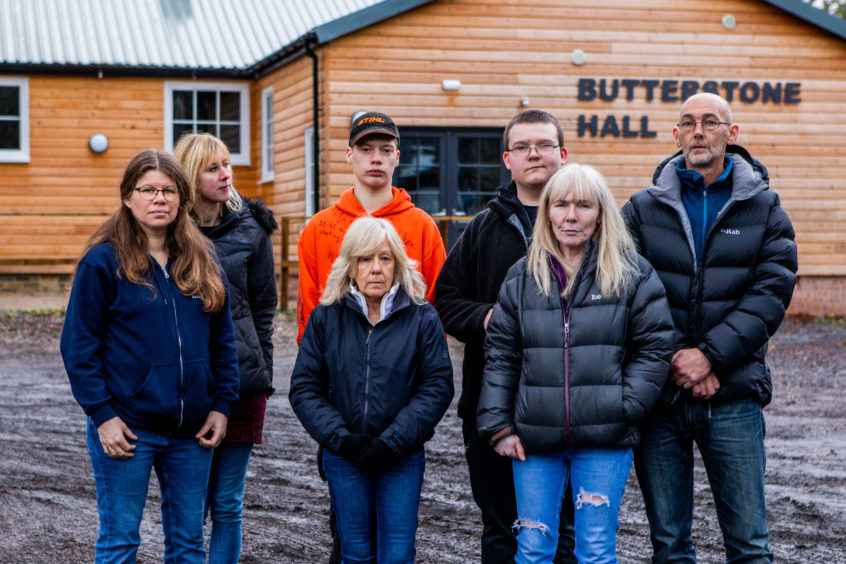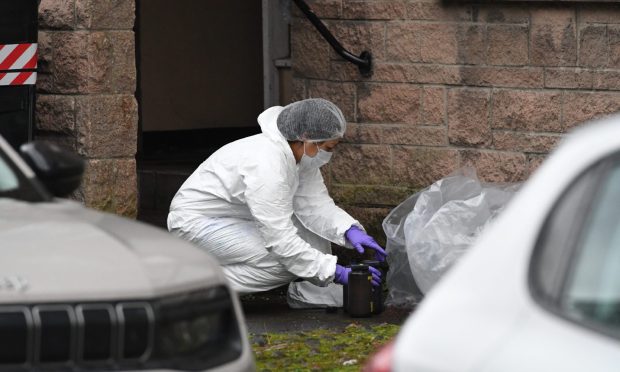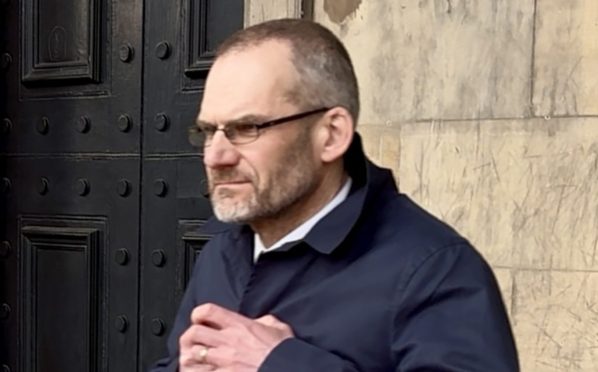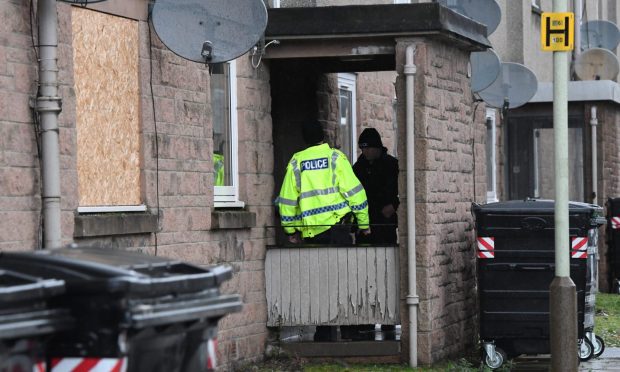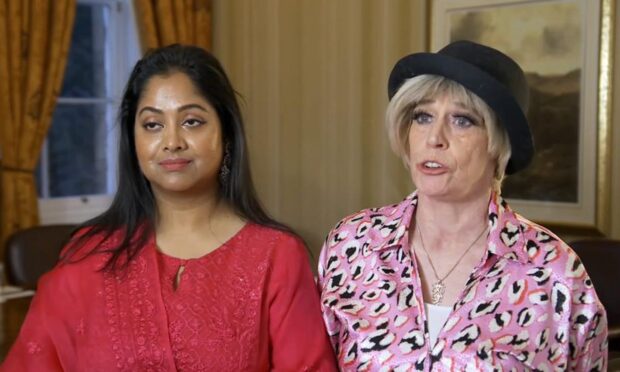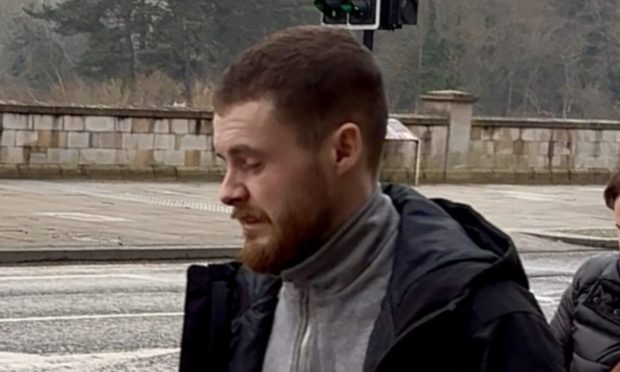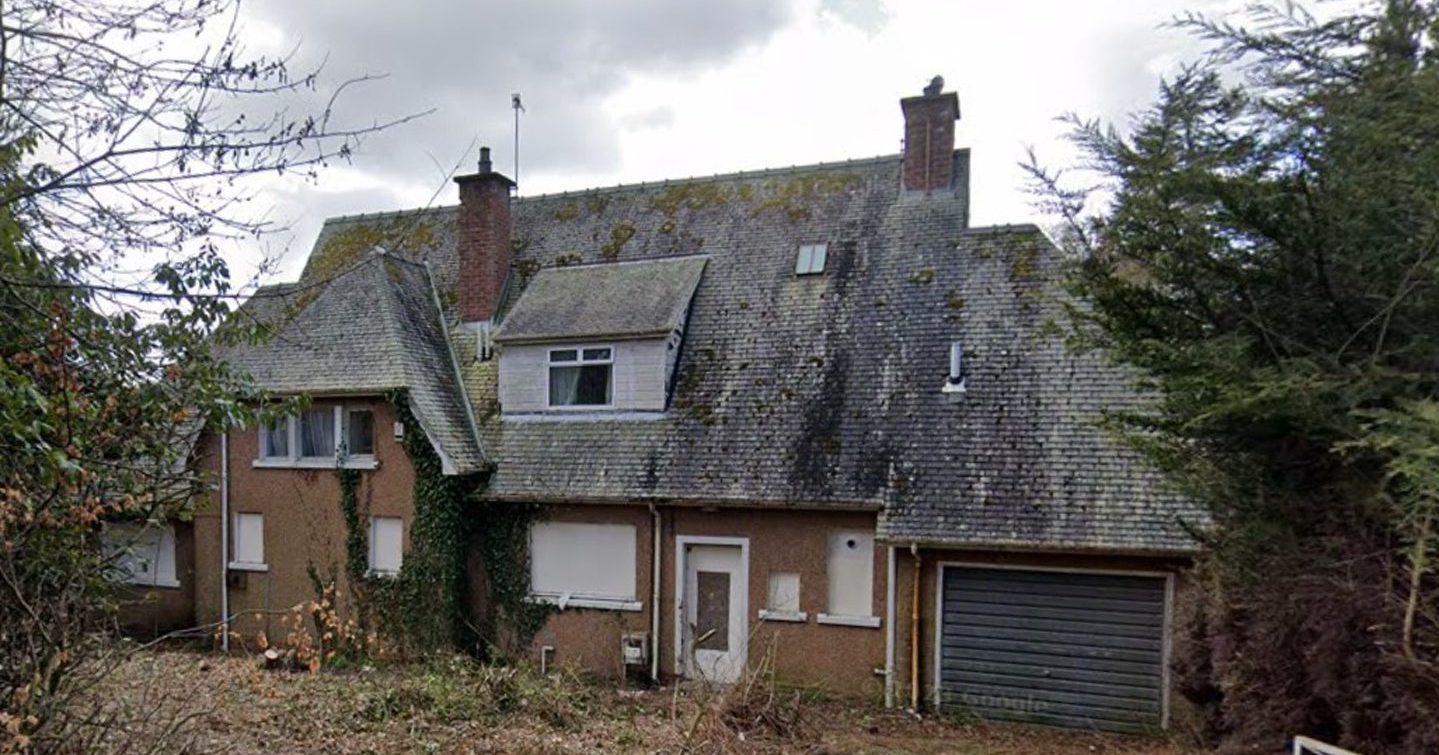A war of words has raged since the abrupt closure of a special school outside Dunkeld three months ago. Peter John Meiklem looks at new evidence that reveals how the celebrated school, with a quarter century of achievement behind it, could shut down in just four days.
In a six-page report marked strictly confidential lies the key to the riddle of the New School at Butterstone’s closure.
The school’s governors opted to shut the much-loved institution just over a week after receiving an internal and confidential report that said children and young people were in danger on its premises.
Safeguarding director Howard Tennant recommended it “be closed as quickly as it achievable in an orderly manner to ensure safety of young people.”
Mr Tennant’s organisation, the Witherslack Group, had been planning to take over the school and the governors asked him to investigate repeated complaints regarding the systems for reporting and recording child protection concerns.
An unscheduled inspection in May – ordered by Scottish Government education secretary and local MSP John Swinney – had said these were weak, but improving.
Mr Tennant’s report stated, in bold, “at the current time the staff team do not have the core skills necessary to safely operate an establishment of this type.”
The school staff and parents’ group dispute the report’s findings, say no child protection issues had occurred – as opposed to failures in safeguarding processes – and the review itself is subject to legal challenge.
The school’s parents’ group have renewed their “unequivocal support” for all staff.
A Witherslack Group spokesperson said they had described the school in “an accurate light as we saw it.”
The school – which dealt with young people with a wide range of issues including autism, ADHD, learning difficulties and mental health issues – closed on Friday, November 23, giving families only four days to find an alternative.
At least 18 young people are still without educational provision.
The Tennant Review is only one of more than 300 emails, reports and briefings released under Freedom of Information legislation that paint the most detailed picture yet into the events that led up to the closure and ongoing acrimony between those affected.
The Butterstone papers reveal months of bitter dispute between Perth and Kinross Council – which had more children placed at the school than any other local authority – and the Butterstone school team, prior to the closure.
Independent school registrar Denise Brock called it a “breakdown in their working relationship” and called for a professional mediator to become involved, which both sides agreed to but ultimately never happened.
Mr Swinney was approached to carry out the role.
The Tennant Review remains the most hard-hitting document released to date but it has not been shared widely, although Perth and Kinross councillors were briefed on its key points at the end of November.
It casts an unflattering light on the initial statement issued in the wake of the closure by the Board of Directors but discussed by all agencies who met to discuss the closure, which said the New School at Butterstone was shutting due to a “increasingly onerous requirements of operating in the care sector” and “increased costs and a reduction of income” making it “financially unviable”.
It quickly emerged the Care Inspectorate had issued an ‘improvement notice” only days before over the concerns regarding child safeguarding procedures.
A minute of the meeting held at the school on November 19 reveals the governors made a last ditch request for extra support to keep the school open until the end of the term but the support was not forthcoming and pressure was applied to ensure the closure happened as quickly as possible.
A Board of Governors spokesperson said they “sought support from authorities and regulators to allow the school to continue for a period… but they could not ignore expert advice and the requirements of regulatory authorities.”
The council argues “multiple offers of support and advice” were turned down.
Board of Governors chair Andrew Cubie initially described the Tennant Review in an email to the council as “uncomfortable reading” but in a later exchange on December 11 wrote: “It painted a picture of a school we and the parents who attended a parents meeting I convened in Perth did not recognise.
“The parents in their description of how safe their young folk, and they for them, had felt at Butterstone and how bereft they were in leaving and the manner of their so doing could not contrast more with the Tennant Review.”
In the months leading up to the closure, Perth and Kinross Council officials made complaints to both the Care Inspectorate and Registrar of Independent Schools arguing issues they had raised around safeguarding were not being taken seriously enough.
Complaints against the school hardened after an incident in February 2017 when a pupil died while at the school.
In the wake of the Tennant Review, a multi-agency team managed the school closure.
The papers show – after shutting down the school’s social media channels – the group were so alarmed by the prospect of media coverage on the final day some young people were sent home early and others taken on a trip off site.
Managers also contacted the police, leading to two vehicles patrolling the grounds as the school –described as “inspiring” by Mr Swinney on a 2015 visit – closed its doors to its young people for the final time.
